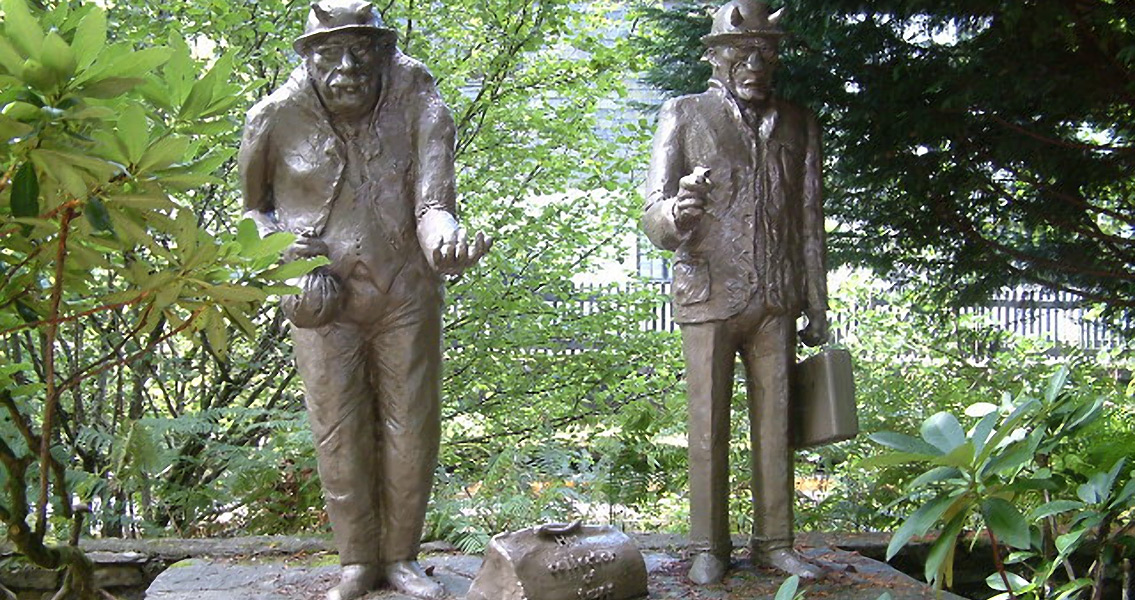<![CDATA[A truly impressive array of 3,500 stolen artifacts were seized in a massive sting operation that required the forces of 18 different European countries, NBC News recently reported. 75 people have been apprehended on charges of international cultural goods trafficking thanks to Operation Pandora, a multi-national investigation that has been ongoing since October 2016. Spearheaded by investigators from UNESCO as well as Cyprus, Spain, Interpol and 16 other countries, the operation focused on “cultural spoliation”, otherwise known as looting artifacts and cultural goods, usually through force and often in times of war. A number of the objects that have been seized by Operation Pandora were of high cultural importance as archaeological treasures and artifacts. According to Europol, some of the most high-profile objects that were being smuggled internationally included items as diverse as a post-Byzantine icon of Saint George and an Ottoman tombstone made from marble. Cultural looting has been a thorn in the side of civilizations since the first pharaoh’s tomb was plundered by grave robbers thousands of years ago. War and conflict has always exacerbated the problem as conquering armies take the spoils of war; the most recent conflicts in the Middle-East have been a breeding ground for looting and black market artifact trafficking. Some artifact trafficking can be beneficial, such as the countless historical and cultural objects that have been smuggled out of territory currently controlled by ISIS. The militant organization has a reputation for destroying or defacing ancient artifacts and architectural features that clash with its ideologies, resulting in irreparable loss of some of the world’s oldest archaeological treasures, but many enterprising historians and museum curators have made it their business to smuggle precious artifacts out of regions threatened by ISIS to safeguard them. Of course, this only accounts for a small percentage of cultural artifact trafficking. Looting activities are perennially popular, and for every honest historian trying to preserve the archaeological record, there could be as many as a dozen individuals capitalizing on the chaos of war to loot museum collections for personal gain. In addition to the ISIS-linked violence in Iraq, the terrible strife in Syria has also played a role in the current state of cultural artifact trafficking, as the extreme instability of the region has made it easy to loot and pillage archaeological treasures of high cultural importance. More than 500 archaeological objects alone ended up in Murcia, a town in southern Spain, through the efforts of such looters. 19 of the items had even been stolen from a local archaeological museum several years ago. Other treasures, such as a cache of more than 400 ancient coins from several different time periods, were also seized. The scope of the crackdown was massive, with nearly 30,000 vehicles being checked by investigators. An additional 50 ocean-going vessels were also searched for looted treasures. All told, more than 48,000 individuals were checked and 92 new individual investigations were initiated, according to information supplied by Europol. ]]>
3,500 Stolen Artifacts Seized in Massive Sting Operation
